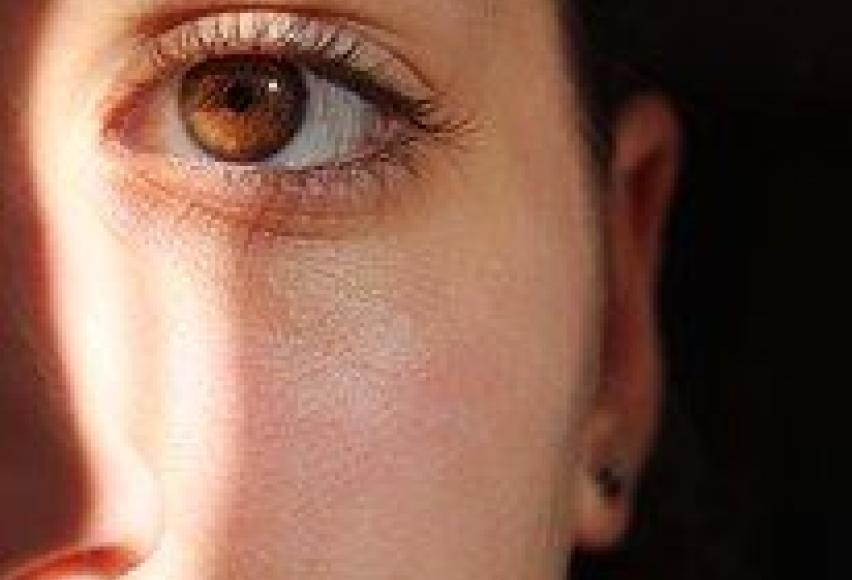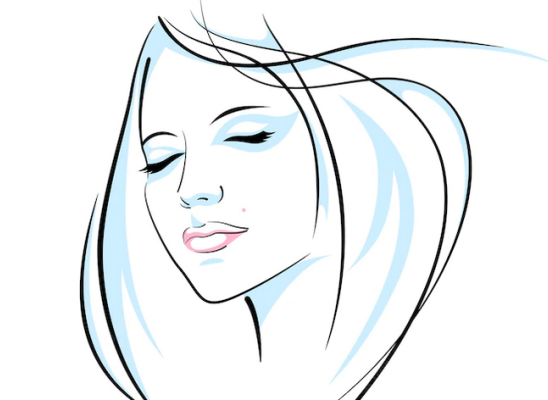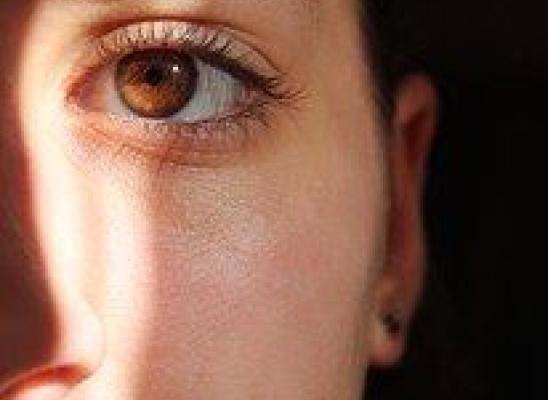Trichotillomania and the complete list of BFRBs

Online test
Find out the severity of your symptoms with this free online test
What Are The Various BFRBs?
Trichotillomania (compulsive hair pulling)
Trichotillomania is one of the main BFRBs and the criteria for diagnosis are as follows:
- Recurrent pulling out of one’s hair, resulting in hair loss
- Repeated attempts to decrease or stop the hair-pulling behaviour
- The hair pulling causes clinically significant distress or impairment in social, occupational, or other important areas of functioning
- The hair pulling or hair loss cannot be attributed to another medical condition (eg, a dermatologic condition)
- The hair pulling cannot be better explained by the symptoms of another mental disorder (eg, attempts to improve a perceived defect or flaw in appearance, such as may be observed in body dysmorphic disorder)
Excoriation disorder (compulsive skin picking)
Also known as dermatillomania, this disorder is characterized by the obsessive or compulsive picking of the skin. People with excoriation disorder exhibit the uncontrollable urge to pick, squeeze, or scratch, rub, or dig into their skin during periods of tension, anxiety, or stress. Some people do this to remove irregularities or perceived imperfections while others do it obsessively for other reasons. The most commonly targeted area is the face, however any area of the body may be affected and there each individual’s picking patterns is unique. The consequences of the behaviour are damage to the site of picking, and complications such as infection, permanent scarring and physical disfigurement also commonly occur.
Onychophagia (compulsive nail biting)
Of the BFRBs, compulsive nail biting is the most socially accepted habits, viewed as simply a ‘nervous habit’. It is also commonly occurring in childhood with frequency tending to decrease by adulthood. However, the behaviour is known to intensify or persist through adulthood, and the severity of onychophagia can range from a very mild presentation to behaviours that are so severe that physiological complications occur, such as infection, pain in the fingers and bleeding skin around nails.

Trichotemnomania (compulsive hair cutting)
Although very similar to trichotillomania, the key difference is that the compulsion is characterised by the use of scissors or razor to cut the hair as opposed to pulling the hair strands from the surface of the scalp or skin. This results in the shortening of the hair without damage to the follicles beneath the surface of the skin.
Dermatophagia (compulsive skin biting)
People suffering from dermatophagia are sometimes called “wolf biters” because they bite off chunks of flesh. Unlike wolves, they bite off their own skin causing bleeding, unsightly scars, and skin discoloration. When stress and anxiety pile up, they find it impossible to resist biting.
Rhinotillexomania (compulsive nose picking)
Compulsive nose picking, not to be confused with people picking their nose from time to time for strictly hygienic purposes. Compulsive nose picking causes a greater risk of infection/damage to the lining of the nose. Because the nose and nasal passages are situated very close to the brain, they share the same blood supply, so getting an infection anywhere in the area known as the "danger triangle" presents a good cause for alarm. Any time infection in this area occurs, there is the very rare but very real risk that the infection can spread to the brain.
Trichophagia
This is described as the compulsive urge to eat or ingest hair and is closely associated with trichotillomania. Trichophagia is not when an individual is mindlessly chewing on the ends of their hair, but rather when hair is chewed and then swallowed. The hair will eventually collect in a sufferer’s stomach and will cause stomach problems such as indigestion and pain. If severe enough, a person can be given medication to induce vomiting or undergo surgery to remove the massive amounts of accumulated hair.
Onychotillomania
Onychotillomania is the compulsive need to pick at or tear off one’s nails, named by Polish dermatologist Jan Alkiewicz. Although similar, it should not be confused with onychophagia, where the nails are bitten or chewed. The constant destruction of the nail bed can lead to onychodystrophy (malformation of the nails), paronychia (Inflammation of the tissue surrounding a nail), and darkening or discolouration of the nail.
Similarities With Other Disorders

While there are other behaviours that are considered to be harmful to the body when practiced compulsively, they fall under the Obsessive-Compulsive Spectrum. There is also a question as to whether the disorders clustered under BFRBs are a form of self harming behaviour. However, according to the Canadian BFRB support organisation BFRBs are not considered self-harm because the intent of the behaviour is not to harm oneself or cause damage. In some cases the behaviours are intended to fix, correct or otherwise make better some aspect of physical appearance, such as a pimple or hair, or it may also serve as a coping mechanism for overwhelming emotions. While the intent is never to cause harm, the physical damage caused by the repetitive behaviour is an inevitable consequence. The relief from overwhelming emotions or negative thought patterns experienced when the person engages in the BFRB causes the person to habitually seek out this effect through continued engagement in the behaviour. This mounts to obsessive repetition of the behaviour without the person realising until it has developed into a clinical condition. In this way the various BFRBs all respond well to similar treatment methods such as habit reversal therapy (HRT). For example, despite the differences in presentation between trichotillomania and dermatillomania, a proven method of treatment for trichotillomania has been applied to an online self-help therapy program for skin pickingwith positive results. It is evident that there is still a long way to go in raising awareness of the individual disorders, and for the cluster of BFRB as a whole. The hope is that increased awareness will lead to more timely diagnosis and access to help and support, and that increased access to research funding will lead to more effective and efficient treatment for the various body-focused repetitive behaviours.
Online test
Find out the severity of your symptoms with this free online test
Start your journey with TrichStop
Take control of your life and find freedom from hair pulling through professional therapy and evidence-based behavioral techniques.
Start Now



